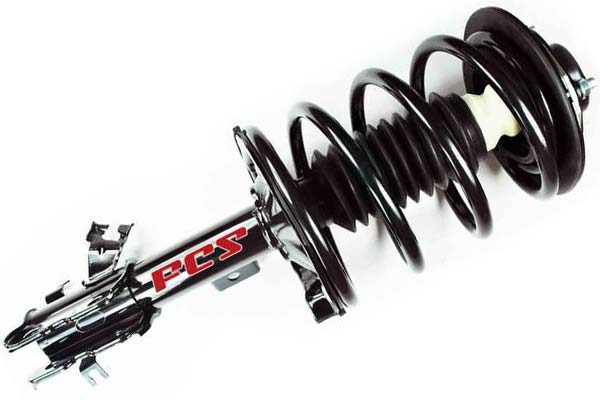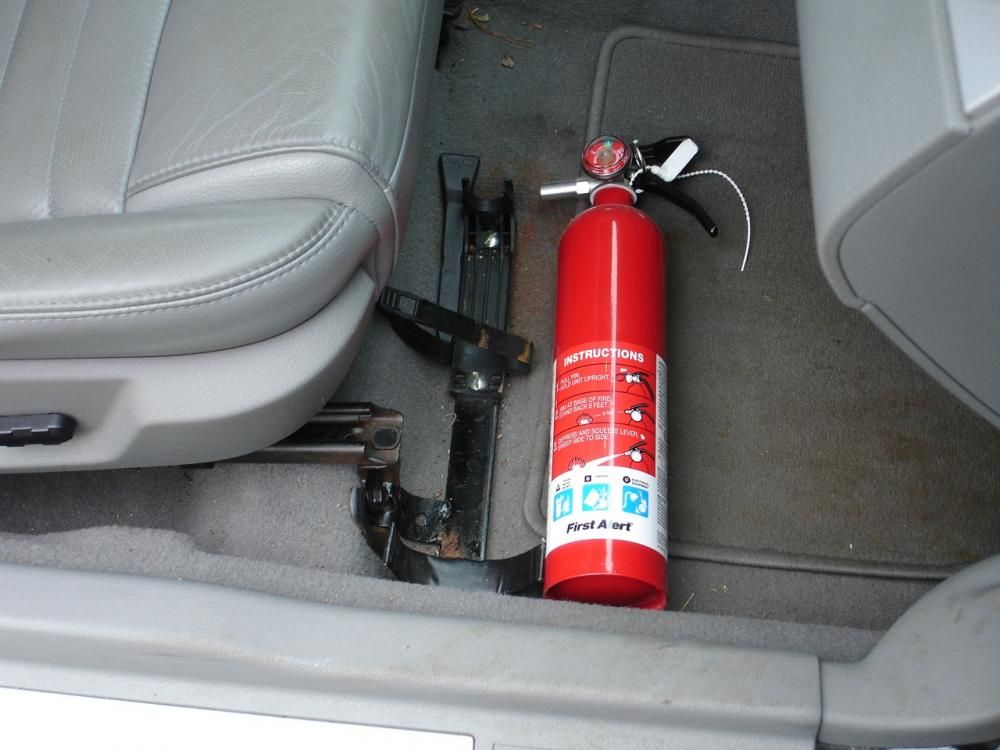The electronic ignition system was developed by Robert Bosch in the early 1960s. The electronic system replaces traditional contact points and condenser with an electronic module and sensor. The system requires no user adjustments, although the timing can be altered slightly with a dial located on the distributor body.
To check that your electronic ignition system is working properly, you will need to do three simple tests:
- Test the resistance of your spark plug cables by using an ohmmeter.
- Test the coil for resistance with an ohmmeter.
- Test each spark plug boot for resistance using an ohmmeter.
Hall-Effect Sensor
The Hall-Effect sensor is used to measure the speed of the crankshaft. This is accomplished by a magnet being mounted on the end of the crank, while the Hall-effect sensor is mounted so that it can “see” the magnet when it passes. The theory behind this is that when a magnetic field passes through a conductor, it generates an electrical current. The Hall-Effect sensor will generate a voltage pulse every time the magnet passes in front of it and this voltage pulse can be used to calculate engine RPM because we know how fast the magnet is moving in relation to how fast the engine is running at any given time.
The Hall-Effect sensor has another use; its output voltage can also be used to determine fuel injection timing and ignition timing on engines using distributorless ignition systems (DIS). With DIS, each cylinder needs its own ignition coil that fires at exactly the right time for maximum efficiency and power output. Ideally, these coils are fired just as they top dead center (TDC) on each compression stroke.
While we could use cam position or crank position sensors to accomplish this, Hall-Effect sensors are often used because they are less expensive and easier to mount than other types of sensors. On these systems, a single coil fires multiple cylinders during each revolution of either the cam or crank shafts; however, thanks to some very smart electronics, there is no wasted spark like with traditional ignitions where one coil fires two cylinders at once and one cylinder gets a wasted spark as its plug fires just before TDC when its valve opens instead of after TDC when its piston reaches TDC on its compression stroke.
Power Transistor
The power transistor, connected to the low-tension terminal of the ignition coil, is controlled by the switching device and functions as a switch that controls current flow to the primary winding of the ignition coil. The transistor is a solid-state device which requires little operating power but which can handle large currents and voltages. As with all semiconductor devices, transistors are sensitive to heat and can be damaged by voltage spikes.
Read also: Why Is My ABS and Traction Control Light On?
Timing Gear
To time the valves, a gear called the timing gear is used. This rotates when the engine is running and drives the camshaft and crankshaft. In some cars, it’s driven by a timing belt or timing chain. The gear ratio between these shafts controls the amount of time that each valve is open. So, for example, if the diameter of both gears is equal, then both shafts will turn at exactly the same speed and so all four valves will be opened at exactly the same time. If one gear has twice as many teeth as the other one, then they will be turning at half speed and with two complete revolutions on one gear equal to one complete revolution of another gear, all four valves are opened every two revolutions rather than every one revolution as before.
Copper Coil
The copper coil is a small coil of copper wire that is wrapped around the center of the rotor inside an electronic ignition system. The purpose of this coil is to create the spark that ignites the fuel in your engine. Therefore, it is an important component to keep maintained, because if it fails, your engine will not operate properly.
Copper coils typically wear out gradually over time. If you notice that your car is running differently, or not as well as it used to be, you may want to check and see if there are any obvious problems with the copper coil before taking it into a mechanic.
Spark Plugs
Spark plugs are one of the most important parts of your vehicle’s engine. They sit in the cylinder head between each of the cylinders and utilize high voltage from the ignition coil to create spark that is then used to ignite the air/fuel mixture. Without spark plugs, your engine will not run. However, spark plugs do not just provide a spark for combustion–they also help control your vehicle’s fuel economy and can tell you a lot about how well your engine is running. Spark plugs come in many different varieties, but they all have a few common features:
A center electrode made of metal
A side electrode made of metal
An insulator that separates the center and side electrodes
The Electronic Ignition System (EIS) is a system designed to enhance the efficiency of an engine.
An ignition system was initially designed to increase engine efficiency. It replaces the distributor, points and condenser. Combustion is enhanced by increasing the combustion power in each cylinder. This means that the engine will be more efficient and have a higher compression ratio than conventional systems.
Electronic ignition systems are becoming more popular because of their high performance and reliability in all weather conditions. They are also cheaper than conventional ignition systems since they don’t use any moving parts, which makes them more resistant to wear-and-tear over time as well as less likely to break down unexpectedly due to their design having fewer possible points of failure in comparison with spark plugs or other mechanical components that require regular maintenance such as camshafts or timing belts on internal combustion engines where electronic ignitions are used instead of traditional spark plugs since they don’t need any electricity supply (which means they’re much lighter).
In addition, electronic ignitions can also improve fuel economy by up to 20 percent if you’re running at full load capacity on gasoline engines when compared with carbureted engines equipped with standard dual-spark distributor caps which require two separate wires per cylinder for each spark plug firing event: one going directly from an electrical source such as battery voltage or alternator output current; another going through an ignition coil first before reaching a spark plug so its energy gets increased before being transferred into heat at high temperatures inside these small steel tubes inside your car’s head gasket area where all this happens simultaneously when activating either brake pedal or accelerator pedal depending on whether you want acceleration speed/force linked via clutch & flywheel components controlling how fast RPM changes depending upon which gear ratios etcetera.”









